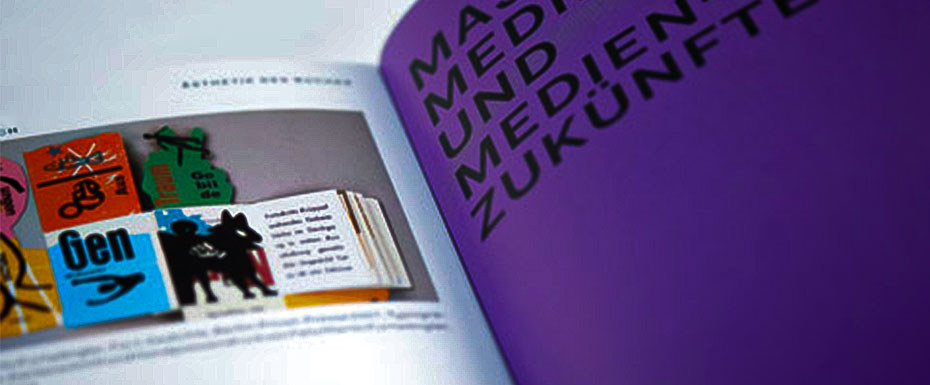
“Who are your favorite writers?” – is one of the questions in Marcel Proust’s famous questionnaire, which helps to understand the essence of each person. National Center for Industrial Design and Innovation 2050 LAB has compiled a list of books you can add to your must-read list.
Some of the books on the list were published recently. Others were written and published in the last century but remain relevant today. But they are all related to design in one way or another, and each of them can be safely recommended to the widest range of readers.
Michael Janda – Burn Your Portfolio: Stuff They Don’t Teach You in Design School, but Should

Michael Janda is a person known to every designer. His creative agency clients include Disney, Google, Netflix, Fox, Warner Bros.
The book “Burn Your Portfolio,” written in 2015, became an instant bestseller. It introduces the realities of the design business, the practices, and unwritten rules of doing business that most creative professions only learn about when they dive into real work.
The book contains 111 tips on building relationships with clients and colleagues, interacting with clients, and more. “Without this knowledge, getting started in the design business will seem like a living hell,” the synopsis says.
Donald Norman – The Design of Everyday Things

Donald Norman was one of the first in the world to study and analyze user experience. His book “Design of Everyday Things” is the quintessence of knowledge and thoughts about design.
Donald Norman wrote the book twice. With a difference of 25 years. During this time, the world has changed, the designer himself has gained a new experience. The updated edition will help you understand what “good and bad design is.”
For example, if you are trying to figure out where to press to turn on the device, light up the bill, if you stop in front of the door with the thought of “pulling, pushing or sliding,” then most likely, this is not something wrong with you, but a design flaw.
Adrian Forty – Objects of Desire: Design and Society Since 1750
Design affects the way people think. This is the conviction of Adrian Forty, an architectural historian in London who is considered one of the best design teachers in the world. He believes that because of the very nature of design, its impact on the mind is far more persistent and lasting than the ephemeral influence of the media. This is because the design puts ideas about who we are and how we should behave into sustainable and tangible forms.
“Objects of Desire” is a partly philosophical, partly practical view of industrial design. Adrian Forty does an in-depth historical study of design and its implications for society and the economy.
The book contains many facts that not only surprise but amaze the reader. For example, did you know that a century ago, home appliances did not reduce household labor costs but increased them? And the situation changed when designers took over the creation of household appliances.
Johannes Itten – Design and Form: The Basic Course at the Bauhaus and Later

The artist Johannes Itten is one of the leading teachers of the famous Bauhaus school and the most significant researcher of color in history.
In his course, he did not limit students to frames but sought to inspire, develop fluency in form and color as the main tools of the visual arts. Itten did not give rigid canons. Instead, he urged to live with the body, feel everything that one wants to portray, and only then bring it to life. For him, the process of creativity is close to the process of research. This approach was quite unusual for the beginning of the 20th century, as they would say today – innovative.
In “Design and Form,” Johannes Itten described his system of training artists. When reading, it sometimes seems that the author is talking about very obvious things, giving tasks that a child can easily cope with. But you can’t try it yet. Seemingly simple tasks, but in fact, they are pretty tricky. They push thoughts to work, motivate them to find a new approach. The illustrations are also inspiring – the book contains a lot of works by Itten’s students, including students of the Bauhaus.
Naoto Fukasawa & Jasper Morrison – Super Normal

The name is intriguing, right? Not only does the book bears such a name, but also an exhibition organized by its authors. There is a legend that once Naoto Fukusawa and Jasper Morrison discussed the work of designers over a cup of tea, talked about the most exciting world projects, discussed that it is essential to abandon “design for design.” At some point, Morrison spoke about the Déjà vu chairs that Fukusawa created. “They have a special ‘normality’ about them,” Morrison said. This is how the idea of the exhibition and the book came about.
They contain two hundred product design projects. These are absolutely ordinary things that surround each of us in everyday life – slippers, a vegetable peeler, a trash can, a coffee table, etc. The design of items is not necessarily created by someone famous and famous. Another thing unites the exhibits – they are beautiful from an aesthetic and functional point of view. The purpose of the exhibition and the book is to show a simple yet perfect design. It is available to us now, and it will easily pass the test of time and space.
By the way, the book is appreciated not only among designers. A few years ago, one of the secret Google studios talked about their library. There are only 35 books in it. One of them is “Super Normal.”





